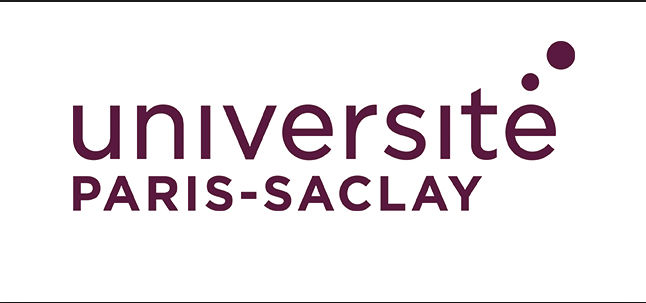Université Paris-Saclay

🇫🇷France
- Country
- 🇫🇷France
- Ownership
- Private
- Established
- 2014-01-01
- Employees
- 11
- Market Cap
- -
Camrelizumab and Apatinib Show Promise in Neoadjuvant Treatment of TNBC
• Camrelizumab plus chemotherapy significantly improved pathologic complete response (pCR) rates in early or locally advanced triple-negative breast cancer (TNBC).
• Apatinib combined with sintilimab and chemotherapy demonstrated a high pCR rate of 70.6% in early TNBC, suggesting synergistic effects.
• Both camrelizumab and apatinib regimens exhibited manageable safety profiles, supporting their potential as new neoadjuvant therapeutic options.
• Biomarker analysis in the apatinib study identified correlations between immune response and pCR, offering insights for predicting treatment efficacy.
Merck Halts Phase 3 HYPERION Trial of Winrevair Early After Positive ZENITH Results
• Merck's Phase 3 HYPERION trial of Winrevair (sotatercept) for pulmonary arterial hypertension (PAH) is stopped early due to positive results from the ZENITH trial.
• The decision, made with the FDA and a steering committee, allows all HYPERION participants access to Winrevair in the SOTERIA extension study.
• Winrevair, already approved in the U.S. and 38 countries, showed significant efficacy in the STELLAR and ZENITH trials, leading to the HYPERION halt.
• HYPERION findings will be available later this year, adding to the growing evidence supporting Winrevair's role in PAH treatment.
Sotatercept Approved in Europe for Pulmonary Arterial Hypertension
• Sotatercept (Winrevair; Merck) has received European Commission approval for pulmonary arterial hypertension (PAH) in adult patients with WHO Functional Class II-III.
• The approval marks sotatercept as the first activin signaling inhibitor therapy approved in Europe for PAH, based on the Phase 3 STELLAR trial.
• Sotatercept, administered via subcutaneous injection every three weeks, significantly improved exercise capacity and reduced the risk of clinical worsening or death.
• Common adverse reactions included headache, epistaxis, and rash, but the drug's safety profile was consistent with previous studies.
© Copyright 2025. All Rights Reserved by MedPath
